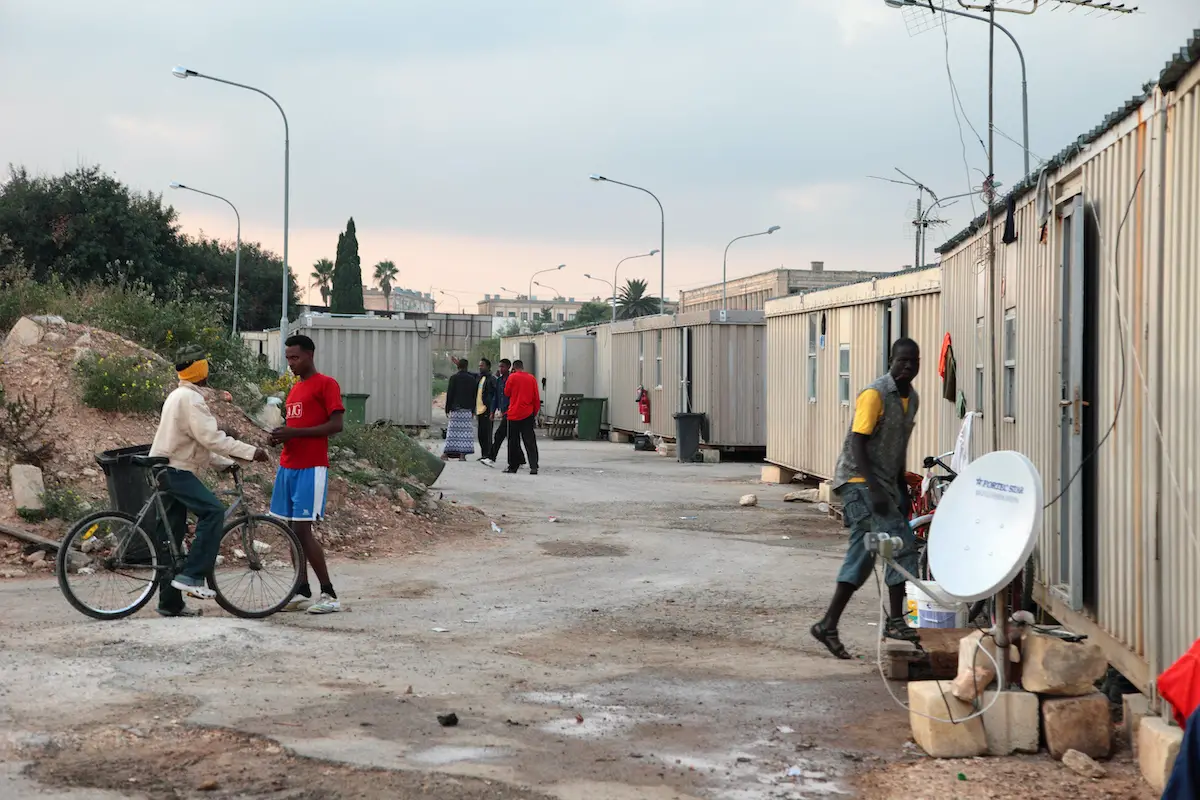Dark Kitchens: What Next for Tech’s Favourite Food-Based Method of Urban Disruption?
Back in the distant time of April 2017, online food delivery company Deliveroo launched ‘Deliveroo Editions’ – kitchens where chain-restaurant chefs cooked side by side in shared units set up for the sole purpose of preparing and dispatching delivery food. No tables, no customers, just lines of couriers ready to go.
Known as virtual restaurants, ghost kitchens or dark kitchens (a term coined in 2015), this hospitality-meets-technology concept swiftly gathered a crowd of critics, spooked by predictions of the demise of both the hospitality sector and the character of cities. That was a lot of concern for something pitched by its originators as, somewhat unsurprisingly, advantageous for everyone. So what’s happened in the five years since?
Dark kitchens: Better for everyone?
There were, apparently, many benefits associated with operating dark kitchens:
- Cheaper to set up than a full restaurant.
- Requiring less kitchen space and fewer staff, and cheaper to run as a result.
- Less stress for business owners due to the dark kitchen aggregator picking up some operational requirements.
- Reduced friction from couriers accessing the location (avoiding the conflict that traditional restaurants experience with courier access).
- New markets for products.
- A wider range of delivery food offerings for consumers.
- Improved experiences for those dining in traditional restaurants by removing or reducing the amount of delivery orders.
Another stated benefit of dark kitchens was the ease of finding a workable location to operate from. Setting up a formal restaurant requires consideration for a range of factors, including footfall, cost of rent or leases, permissions and operating costs. It also benefits from a sprinkling of romance – a love for producing and serving people good food. For dark kitchens, the amount of people in your delivery radius plus access to basic utilities is pretty much all there is to it. I’m not qualified to comment on the romance factor, but some of the location descriptions found during research for this blog post suggest it’s not super high:
- “A piece of wasteland”
- “A windowless industrial shed in a car park”
- “A shipping container on a small space of land between two building ends”
The downsides of dark kitchens
Other developments in the last five years suggest there are downsides beyond the charm of dismal locations. The main challenges faced by dark kitchen tenants and operators have been:
- Difficulty securing viable planning permission.
- Criticism of poor food hygiene and other standards.
- A barrage of complaints from neighbours.
In each case, dark kitchen tenants and operators have been butting up against the systems that have maintained a degree of consistency and predictability for people – a stability that is the opposite of the disruption that tech firms like Deliveroo are so fond of.
However, further disruption in the food delivery space seems inevitable, including its knock-on impact to the places where hospitality businesses operate. The impact of the COVID-19 pandemic resulted in people spending more money on delivery food, but as restrictions subsided, spending on delivery food hasn’t. The dark kitchen was on the up before COVID, but the pandemic turbocharged it. Its market value is expected to climb from US$56.7 billion in 2021 to $112.5 billion by 2027.
Disrupting the dark kitchen
Innovation is already well underway within the core boundaries of the dark kitchen concept and, once again, it is proving controversial. Open up your food delivery app of choice and you will likely find plenty of options. Some brand names you know, and some places you’ve visited in person. You’re also likely to see some unfamiliar names. Some of those will be ‘virtual brands’ operating out of the kitchens of existing restaurants. It’s not so much dark kitchens, but dark, or virtual, brands.
Virtual brands have been pitched as an opportunity for businesses to:
- Trial new concepts at lower risk.
- Meet changing market demands without undermining their core offering.
- Generate revenue from underutilised kitchen space.
However, this virtual approach to branding has been criticised for misleading consumers by suggesting they are buying from a smaller business and, in some cases, actually selling identical products under different brand names.
Aspects of the virtual brands concept make it more appealing than a dark kitchen. Hospitality businesses already have the necessary physical infrastructure in place and, in many cases, are not fully utilising it. Launching virtual brands alongside their core business creates the opportunity to operate with more agility, taking a wider offering online when they are able to meet demand, and generating more revenue than they would have otherwise.
This has been met with some enthusiasm by hospitality tech businesses. French startup Not So Dark recently pivoted from a physical dark kitchen operating model to a virtual brands setup when they raised US$80 million in Series B funding.
“While Not So Dark started with a network of dark kitchens, the company abandoned this business model shortly after raising its Series A round. Operating dark kitchens requires a ton of capital and can create issues in some neighborhoods.”
Romain Dillet, Not So Dark helps restaurants run a second delivery-focused business, TechCrunch
While disruption is the favoured term of the tech sector, many forget the obvious: disruption is disruptive, and a two-way street. Radical new approaches to infrastructure require capital, no matter how terrible the location. This reality saw Not So Dark move towards a business model that bypassed physical infrastructure, instead focusing on developing not only effective digital infrastructure but a family of food brands that existing kitchens can simply connect into, cook pre-developed menus using existing assets.
The dark kitchen spectrum
Many hospitality businesses today face challenging commercial realities. Heritage brands have weathered multiple storms to find themselves operating in a world of different consumer demands and tastes. Multi-brand kitchens are increasingly seen as an inevitability, and a requirement for success as a hospitality business.
The dark kitchen is approaching its tenth birthday. It’s already gone through many changes, but it remains a young concept. There will be more change to come. When thinking about the dark kitchen today, it’s better to think of it as a spectrum, with some typical approaches:
- The single dark kitchen: One operator, taking advantage of the benefits of the dark kitchen operating style.
- Shared dark kitchen: A dark kitchen owned by an aggregator like Deliveroo, where businesses work alongside each other, shipping food from the same location.
- Collection dark kitchens: Either a single or shared dark kitchen where customers can also collect their food orders.
- Virtual brands, developed by restaurants: Businesses that develop virtual brands to prepare and dispatch from the existing kitchens of their core brand.
- Virtual brands developed by brand aggregators: Virtual brands developed entirely by aggregators, like Not So Dark, prepared and dispatched from existing kitchens of their clients.
The hospitality sector and our cities have both been changed by the COVID-19 pandemic. While this was happening, the dark kitchen concept grew up and evolved, and secured the confidence of the tech sector. It failed, so far, to kill off hospitality as we once knew it. Indeed, hospitality, the tech sector and cities are all synonymous with change, albeit often with varying degrees of enthusiasm and consent. Right now, the dark kitchen doesn’t seem to be much more than a new type of change in two sectors (and one form of human settlement – the city) known for change.
Photo: Carl Campbell


